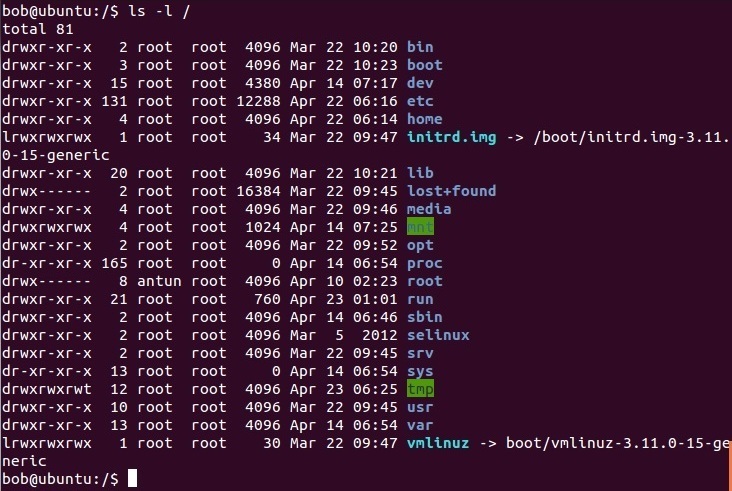Filesystem Hierarchy Standard (FHS)
Most Linux distributions have almost identical directory structures because of the Filesystem Hierarchy Standard (FHS). FHS defines the directory structure and content in UNIX-like operating systems. It is based on the older standard FSSTND (Filesystem Standard).
Linux distributions usually closely follow the FHS. For example, configuration files are located in the same location regardless of Linux distribution (usually in the /etc directory). This makes developing software for Linux much easier, since software developers don’t have to write different versions of applications for each distribution.
In the FHS all files and directories appear under the root directory (/), Here is a list of the most important directories:
/boot – contains files related to the initial booting of the computer.
/bin – contains certain critical executable files, such as ls, cp, and mount.
/dev – contains device files like hard disks or CD-ROMs.
/sbin – similar to /bin, but it contains programs that are normally run only by the system administrator.
/etc – contains configuration files.
/home – user’s home directory.
/lib – contains program libraries.
/media – mount point for removable media.
/usr – contains the majority of user utilities and applications.
/var – variable files such as logs.
/tmp – contains temporary files.
Here is the file structure from Ubuntu:




